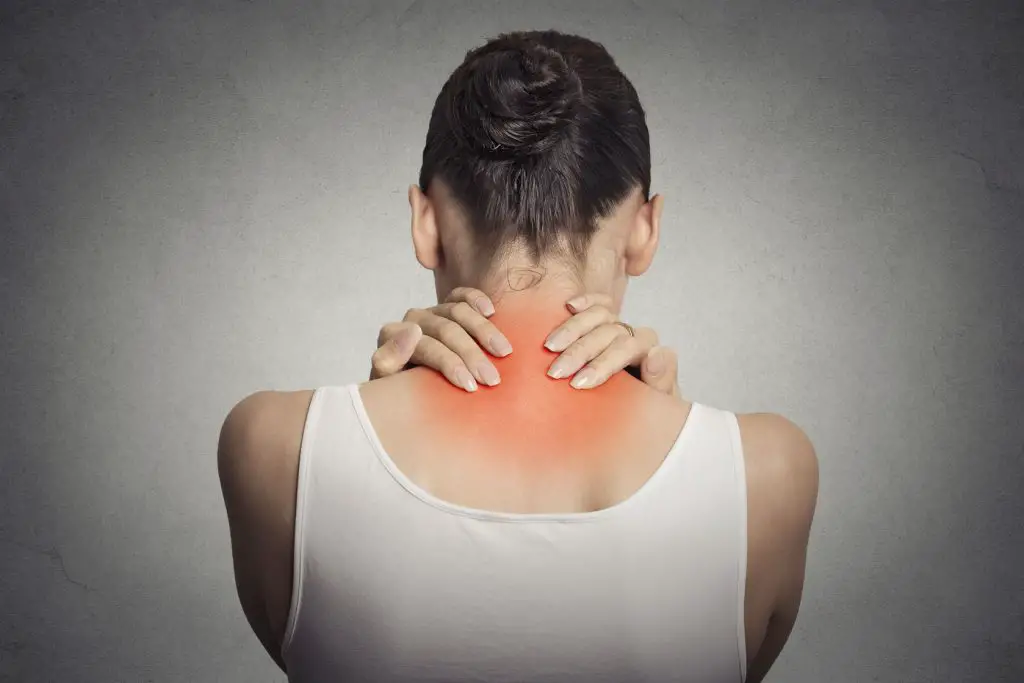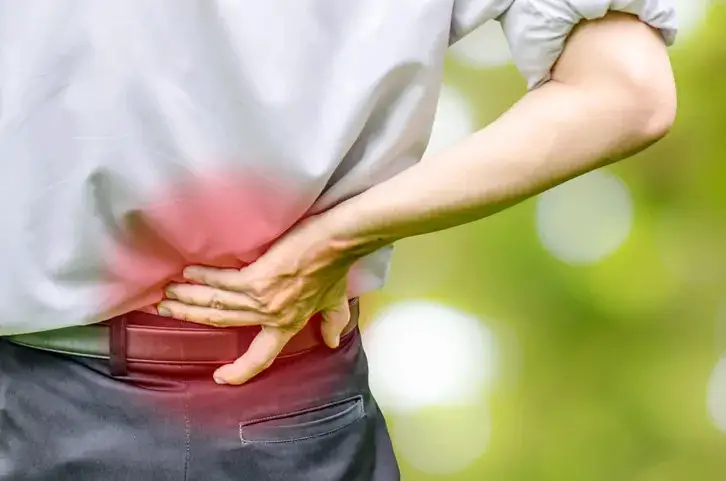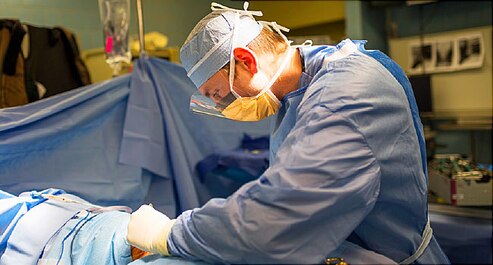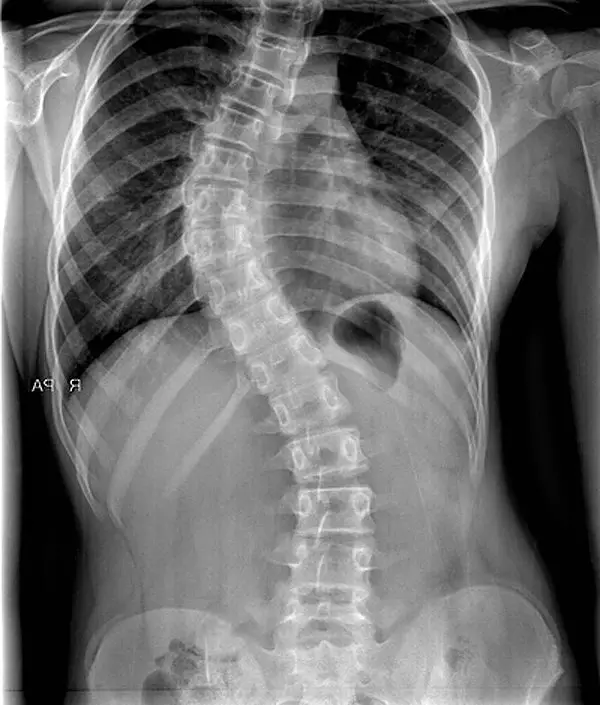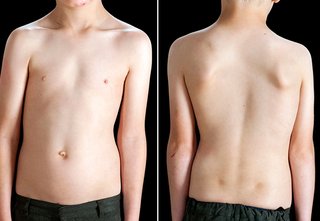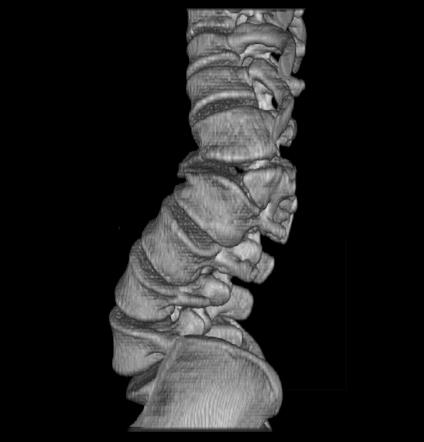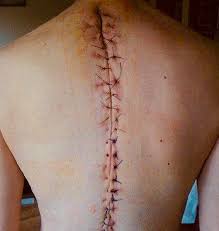Little known, the cervical scoliosis is a three-dimensional deformation of the spine located at the neck. It can become potentially dangerous due to the various nerve and vascular structures in this area. In this article we will discuss this form of scoliosis that affects the vertebrae cervical.
Focus on scoliosis
Scoliosis means permanent deformation of the spine (or vertebral column) in the three planes of space. The spine can deviate in the frontal (right to left), sagittal (forward or backward) or transverse (horizontal) plane. This deformation comes from a rotation of the vertebrae relative to each other. Basically, the spine twists into an S or C shape, as the case may be.
Attention ! Scoliosis should not be confused withscoliotic attitude. In case of scoliotic attitude, the deformation of the spine can be corrected by specific postures (for example, a lying position). It is said to be reducible. On the other hand, scoliosis is not reducible.
There are generally 4 types of scoliosis:
- lumbar scoliosis ;
- thoracic scoliosis;
- cervical scoliosis;
- double scoliosis.
In the majority (approximately in 80% of cases), scoliosis is idiopathic. This means that we do not know exactly its origin. It develops during childhood and adolescence, that is to say during growth. In general, its evolution accelerates during the period of puberty.
Otherwise, scoliosis can also be congenital. In this case, the child was born with this anomaly, certainly linked to a vertebral malformation. Sometimes, certain neuromuscular or bone diseases such as myopathy or osteoporosis cause scoliosis.
In adults, it is idiopathic scoliosis that appeared in untreated or unstabilized childhood that continues to progress. But also, scoliosis can be the consequence of a degeneration of the intervertebral discs related to age.
The most common symptoms of scoliosis are:
- spinal pain;
- uneven shoulder height;
- humpback;
- disruption of daily life (functional limitation);
- difficulty breathing;
- psychological impact;
- neurological disorders.
Since scoliosis is most often idiopathic, no one can help prevent it. However, an early diagnosis can facilitate management and reduce the risk of aggravation of the disease.
For more details, see in this article all about scoliosis in children.
Cervical scoliosis, what is it?
When we talk about scoliosis, we often think of thoracolumbar scoliosis. We forget that there is also cervical scoliosis. As its name suggests, scoliosis appears in the cervical area. It affects the vertebrae located at the level of the neck.
Symptoms of Cervical Scoliosis are little different. When you have scoliosis at this level, you may have headaches and feel pain in your arms and shoulders.
How to treat cervical scoliosis?
To treat cervical scoliosis, the approaches remain the same as for the other forms of the disease.
Physiotherapy sessions are carried out with the aim of strengthening the muscles, maintaining the joint mobility of the spine and improving the respiratory capacities. In addition, you can do physical activity such as swimming.
In more severe cases, wearing a corset or neck brace is recommended. This will limit the progression of scoliosis when the patient is still growing. This equipment can also help you avoid surgery.
Surgery is not common in the treatment of scoliosis. It consists of placing rods and metal plates at the level of the spine in order to straighten it. This is a complex procedure that is only recommended when Cobb's angel is beyond 50°.
To conclude, whether it is a lumbar, thoracic dorsal or cervical scoliosis, it is necessary to act as soon as possible to limit the complications of the pathology. Check in with your doctor regularly if you have a family history.

